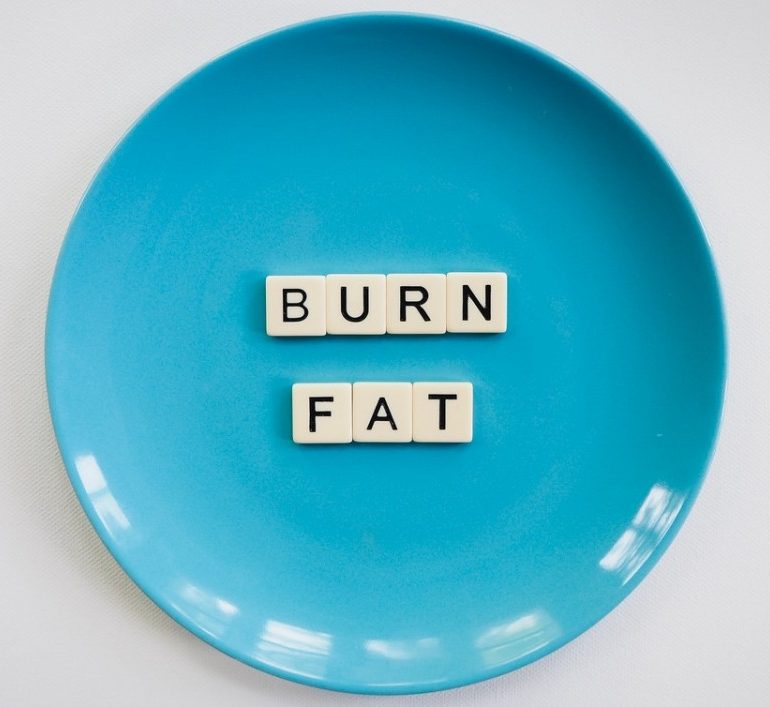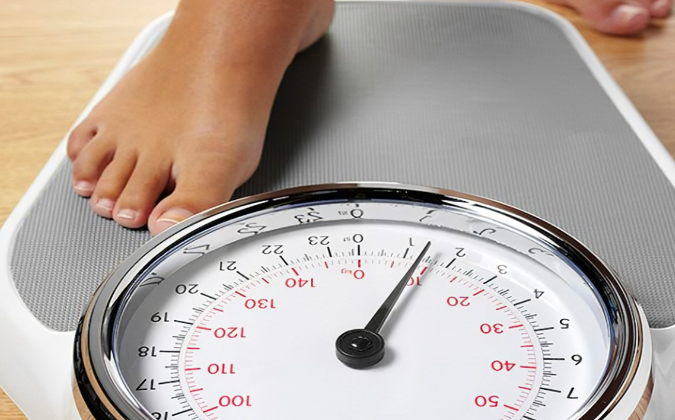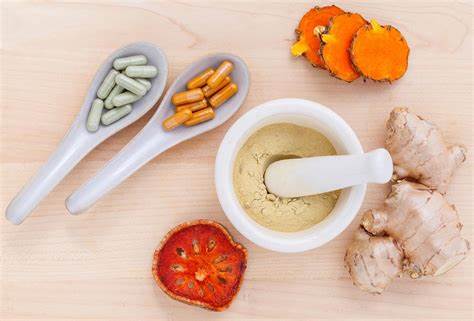Do you suffer from bloating?
Did you every think of an intolerance?
Is lactose intolerance different in adults and children?
lactose intolerance
Lactose intolerance is a digestive disorder. It happens when the small intestines in your body is unable to digest lactose. Lactose is a type of carbohydrate which is found mainly in cow’s milk, dairy products and any food derived from cow’s milk. This lactose is broken down by an enzyme called lactase which is produced in the small intestines only. Therefore, if not enough lactase is produced you may develop lactose intolerance.
There are different severity of lactose intolerance. Some people who suffer from lactose intolerance may not tolerate any lactose in their diet completely. On the other hand some may tolerate small amounts of lactose such as from cheese.
The severity of symptoms are influenced by various factors such as lactase activity, colonic mucosal absorptive capacity, faecal bacterial metabolites, gastric emptying time and intestinal transit time. When lactose remains in the gut for a prolonged time it is fermented by the gut bacteria. This results in the production of gas leading to bloating. The most common symptoms of lactose intolerance include abdominal pain, nausea, vomiting, cramps, bloating and diarrhoea.
A clinical diagnosis of lactose intolerance can be confirmed by a dietetic assessment, lactose tolerance tests and hydrogen breath tests. Therefore, this intolerance can be identified by a registered dietitian or a doctor. The diagnosis can be done based on your symptoms and your body’s response to a reduction of dairy food products in your diet. I strongly recommend from my daily experience in this field that if you are suffering from any mentioned symptoms you don’t make a self diagnosis as the mentioned symptoms are very similar to other intolerances such as gluten intolerance, diseases such as inflammatory bowel disease, Irritable bowel syndrome and milk allergy.
Lactose- free diet
Till now there’s no cure for lactose intolerance. If you have lactose intolerance you can control your symptoms by making dietary changes. Lactose is found mainly in cow’s milk and dairy products such as butter, cheese, cream and yogurts. Although these are the main sources of lactose unfortunately it is also found in other foods such as powdered soups, party dips, milk chocolate, biscuits, cakes and ice- cream. These foods should be avoided according to your lactose intolerance severity. It is very important that you always check the food label before you consume food. In the food label you should check that ‘milk’ is not listed in the ingredients section. In addition, in the section ‘may contain’ or ‘contain’ section of the food label, it is good to note if milk is listed there. As a dietitian, I strongly recommend to continue eating lactose containing foods which you can tolerate so for example hard cheese such as grana contains very little lactose which a lot of people who are lactose intolerance can still tolerate and enjoy eating.
Lactose control without diet changes
Besides the dietary changes, you may also make use of lactase tablets, liquid drops or capsules that contain lactase. These replace the lactase which is unable to be produced by the small intestine. Therefore they can reduce symptoms by helping your body digest lactose found in your meals more easily. I would recommend that these lactase replacement are not used on a daily basis. But I would strongly recommend to be used for social events such as weddings so that you can still have fun and enjoy the ‘special wedding’ foods without having to make up to it later at night 😉
It is important to distinguish between lactose intolerance and milk allergy. Milk allergy is different than lactose intolerant because it is an immune response by the immune system. The symptoms experienced by a milk allergy are different than those experienced that lactose intolerance. Some symptoms of milk allergy are wheezing, itching, swelling of the lips and tongue, runny nose, loose stools and colic in babies.
This type of intolerance works the same for both adults and children. So if you or your child suffers from lactose intolerance a balanced diet including 3 portions of calcium should still be consumed. If, you are in doubt I recommend to contact us to provide you with a meal plan specifically for you, especially if you or your child suffers from other medical conditions as well.




